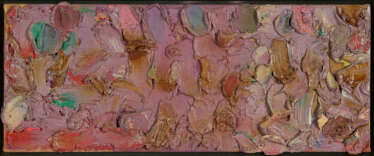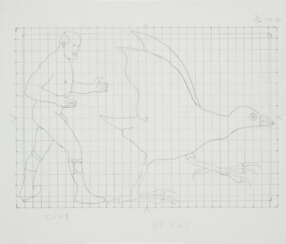
Post War — A1269: Made in America
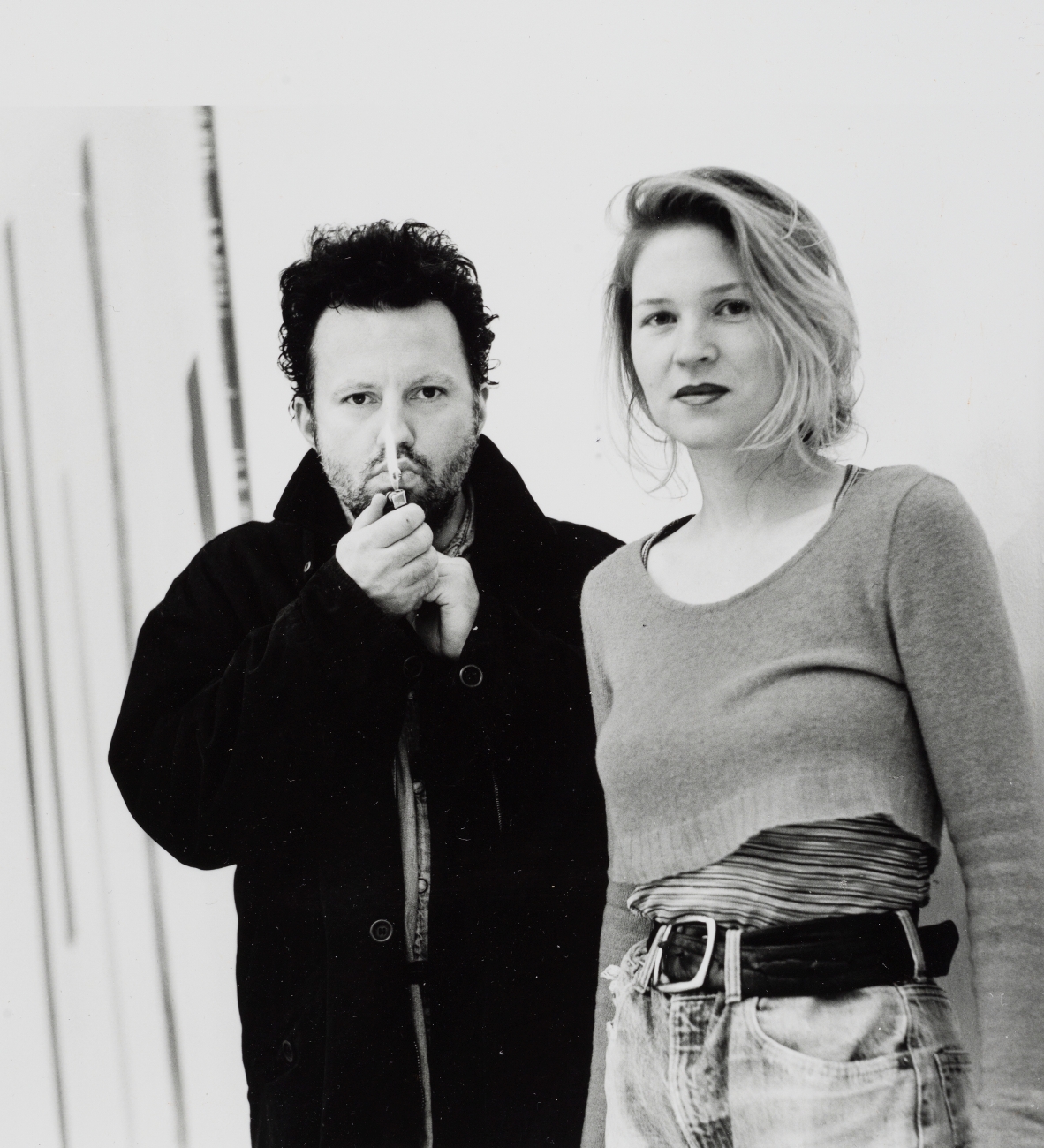
Frances Scholz is a vibrant figure in contemporary art and cinema. Scholz's education at the Hochschule der Künste in Berlin from 1982 to 1988 laid the groundwork for a career that spans painting, video art, and filmmaking. She is known for her conceptual approach to art, often blending narrative and abstraction to explore themes of memory, perception, and the construction of reality.
One of Frances Scholz's significant contributions to the art world is her film "Amboy," co-written and produced with science fiction writer Mark von Schlegell. Premiered in 2015, "Amboy" delves into the cultural mythologies and hallucinatory fabric of Los Angeles through a series of interconnected, unscripted encounters. The film is notable for its exploration of identity and the elusive nature of artistic legacy, set against the backdrop of the Mojave Desert's ghost towns. Scholz's work in "Amboy" exemplifies her interest in the intersection of narrative and visual art, utilizing a collaborative and open form of production that features contributions from notable figures in the art and entertainment industry.
Frances Scholz's artistry extends beyond filmmaking. She has exhibited widely, with notable shows at institutions such as the Chinati Foundation, where she held an open studio and screened "Amboy" in 2016, and solo exhibitions across the United States and Germany. Her work in group shows and solo exhibitions often reflects her multifaceted approach to media, including painting, video art, and installations, which are treated with the same editorial eye as her film material.
Currently living and working in Cologne, Frances Scholz continues to influence both the art and film worlds with her innovative projects. Her extensive body of work, including video art pieces like "The Moon" and "Awakening," and her involvement in collaborative projects, underscores her role as a dynamic force in contemporary culture.
For collectors and experts in art and antiques, Frances Scholz represents a unique investment in the overlap of visual art and cinema. Her ability to navigate and blend these worlds offers a rich tapestry of works that are both intellectually stimulating and visually compelling.
Stay updated on Frances Scholz's latest projects and exhibitions by signing up for newsletters focused on contemporary art and film. This subscription ensures you're informed about new sales, auction events, and exclusive insights into Scholz's evolving creative journey.
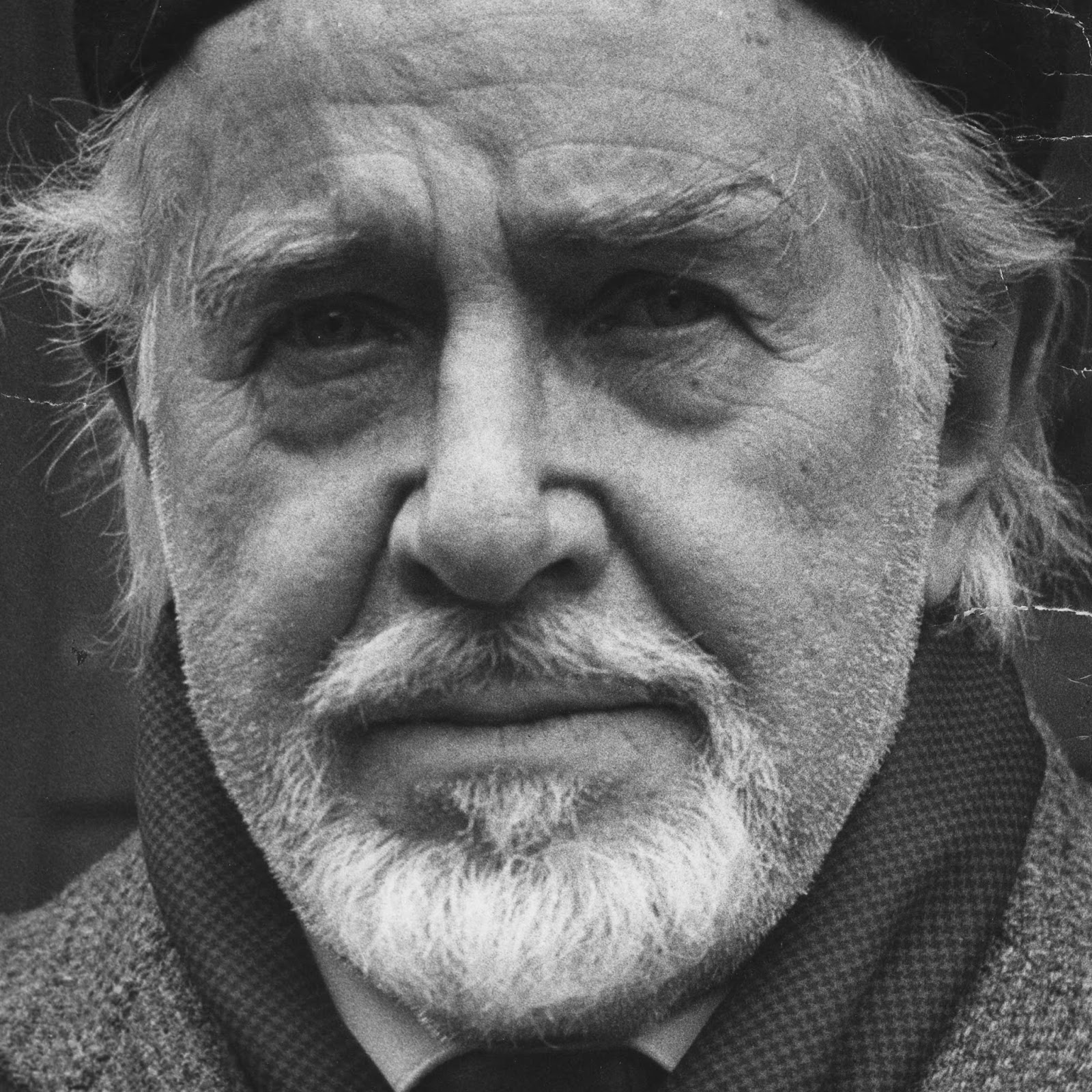
Mark Tobey was an American painter. His densely structured compositions, inspired by Asian calligraphy, resemble Abstract expressionism, although the motives for his compositions differ philosophically from most Abstract Expressionist painters. His work was widely recognized throughout the United States and Europe. Along with Guy Anderson, Kenneth Callahan, Morris Graves, and William Cumming, Tobey was a founder of the Northwest School. Senior in age and experience, he had a strong influence on the others; friend and mentor, Tobey shared their interest in philosophy and Eastern religions. Similar to others of the Northwest School, Tobey was mostly self-taught after early studies at the Art Institute of Chicago. In 1921, Tobey founded the art department at The Cornish School in Seattle, Washington.
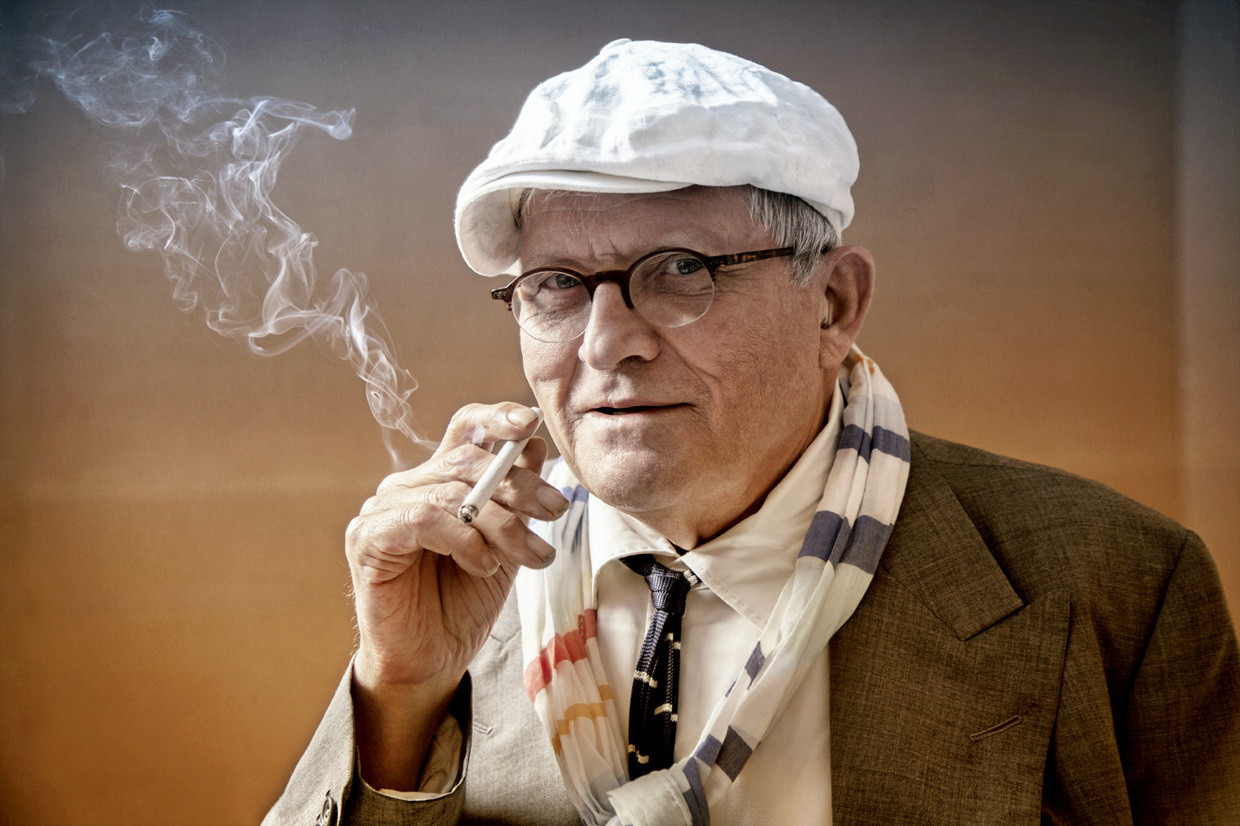
David Hockney, a British artist, has been a prominent figure in the art world for over six decades, renowned for his contributions to painting, drawing, printmaking, photography, and video art. His exploration of these mediums has made significant impacts on the Pop Art movement and beyond, making him one of the most influential artists of the 20th and 21st centuries. Hockney's work is celebrated for its vibrant color palette, emotional depth, and innovative use of technology in art.
One of Hockney's most distinctive features is his ability to blend traditional techniques with modern technology, notably in his iPad drawings and photographic collages. This fusion not only showcases his skillful adaptation to contemporary mediums but also highlights his ongoing quest to explore the nature of seeing and representation in art. Hockney's landscapes and portraits, characterized by their bright colors and meticulous detail, invite viewers to see the world through his unique perspective.
Significant works by Hockney, such as "A Bigger Splash" and "Portrait of an Artist (Pool with Two Figures)," are housed in major museums and galleries worldwide, attesting to his global influence and appeal. These pieces, among others, demonstrate Hockney's mastery over space, light, and narrative, securing his position as a pivotal figure in modern and contemporary art.
For collectors and experts in art and antiques, Hockney's oeuvre presents a fascinating study in the evolution of visual arts. His work not only offers insight into the artist's personal vision but also reflects broader cultural and technological shifts in society. As interest in Hockney's art continues to grow, keeping abreast of new sales and auction events becomes increasingly valuable.
To stay informed about the latest David Hockney sales and auction events, sign up for our updates. This subscription ensures that you receive timely notifications about new product sales and auction events related to David Hockney, offering unique opportunities for collectors and enthusiasts alike.

Frances Scholz is a vibrant figure in contemporary art and cinema. Scholz's education at the Hochschule der Künste in Berlin from 1982 to 1988 laid the groundwork for a career that spans painting, video art, and filmmaking. She is known for her conceptual approach to art, often blending narrative and abstraction to explore themes of memory, perception, and the construction of reality.
One of Frances Scholz's significant contributions to the art world is her film "Amboy," co-written and produced with science fiction writer Mark von Schlegell. Premiered in 2015, "Amboy" delves into the cultural mythologies and hallucinatory fabric of Los Angeles through a series of interconnected, unscripted encounters. The film is notable for its exploration of identity and the elusive nature of artistic legacy, set against the backdrop of the Mojave Desert's ghost towns. Scholz's work in "Amboy" exemplifies her interest in the intersection of narrative and visual art, utilizing a collaborative and open form of production that features contributions from notable figures in the art and entertainment industry.
Frances Scholz's artistry extends beyond filmmaking. She has exhibited widely, with notable shows at institutions such as the Chinati Foundation, where she held an open studio and screened "Amboy" in 2016, and solo exhibitions across the United States and Germany. Her work in group shows and solo exhibitions often reflects her multifaceted approach to media, including painting, video art, and installations, which are treated with the same editorial eye as her film material.
Currently living and working in Cologne, Frances Scholz continues to influence both the art and film worlds with her innovative projects. Her extensive body of work, including video art pieces like "The Moon" and "Awakening," and her involvement in collaborative projects, underscores her role as a dynamic force in contemporary culture.
For collectors and experts in art and antiques, Frances Scholz represents a unique investment in the overlap of visual art and cinema. Her ability to navigate and blend these worlds offers a rich tapestry of works that are both intellectually stimulating and visually compelling.
Stay updated on Frances Scholz's latest projects and exhibitions by signing up for newsletters focused on contemporary art and film. This subscription ensures you're informed about new sales, auction events, and exclusive insights into Scholz's evolving creative journey.
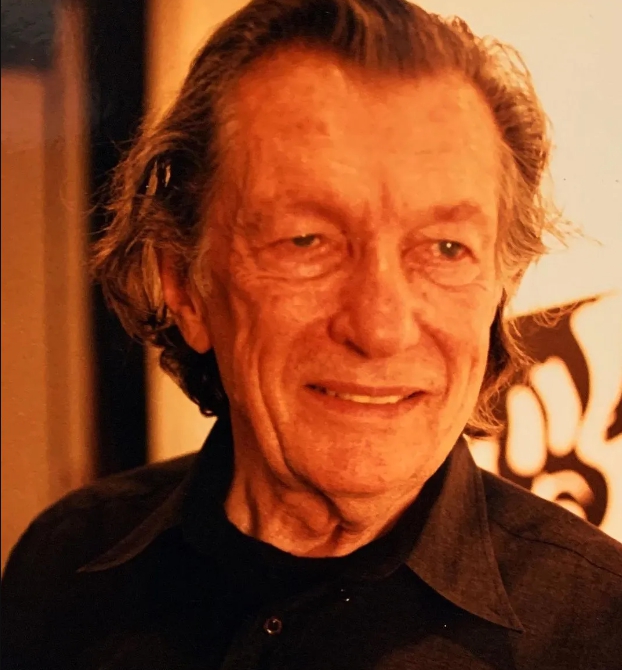
John Wesley was an American painter, known for idiosyncratic figurative works of eros and humor, rendered in a precise, hard-edged, deadpan style. Wesley's art largely remained true to artistic premises that he established in the 1960s: a comic-strip style of flat shapes, delicate black outline, a limited matte palette of saturated colors, and elegant, pared-down compositions. His characteristic subjects included cavorting nymphs, nudes, infants and animals, pastoral and historical scenes, and 1950s comic strip characters in humorously blasphemous, ambiguous scenarios of forbidden desire, rage or despair.

John Wesley was an American painter, known for idiosyncratic figurative works of eros and humor, rendered in a precise, hard-edged, deadpan style. Wesley's art largely remained true to artistic premises that he established in the 1960s: a comic-strip style of flat shapes, delicate black outline, a limited matte palette of saturated colors, and elegant, pared-down compositions. His characteristic subjects included cavorting nymphs, nudes, infants and animals, pastoral and historical scenes, and 1950s comic strip characters in humorously blasphemous, ambiguous scenarios of forbidden desire, rage or despair.

John Wesley was an American painter, known for idiosyncratic figurative works of eros and humor, rendered in a precise, hard-edged, deadpan style. Wesley's art largely remained true to artistic premises that he established in the 1960s: a comic-strip style of flat shapes, delicate black outline, a limited matte palette of saturated colors, and elegant, pared-down compositions. His characteristic subjects included cavorting nymphs, nudes, infants and animals, pastoral and historical scenes, and 1950s comic strip characters in humorously blasphemous, ambiguous scenarios of forbidden desire, rage or despair.

John Wesley was an American painter, known for idiosyncratic figurative works of eros and humor, rendered in a precise, hard-edged, deadpan style. Wesley's art largely remained true to artistic premises that he established in the 1960s: a comic-strip style of flat shapes, delicate black outline, a limited matte palette of saturated colors, and elegant, pared-down compositions. His characteristic subjects included cavorting nymphs, nudes, infants and animals, pastoral and historical scenes, and 1950s comic strip characters in humorously blasphemous, ambiguous scenarios of forbidden desire, rage or despair.

John Wesley was an American painter, known for idiosyncratic figurative works of eros and humor, rendered in a precise, hard-edged, deadpan style. Wesley's art largely remained true to artistic premises that he established in the 1960s: a comic-strip style of flat shapes, delicate black outline, a limited matte palette of saturated colors, and elegant, pared-down compositions. His characteristic subjects included cavorting nymphs, nudes, infants and animals, pastoral and historical scenes, and 1950s comic strip characters in humorously blasphemous, ambiguous scenarios of forbidden desire, rage or despair.
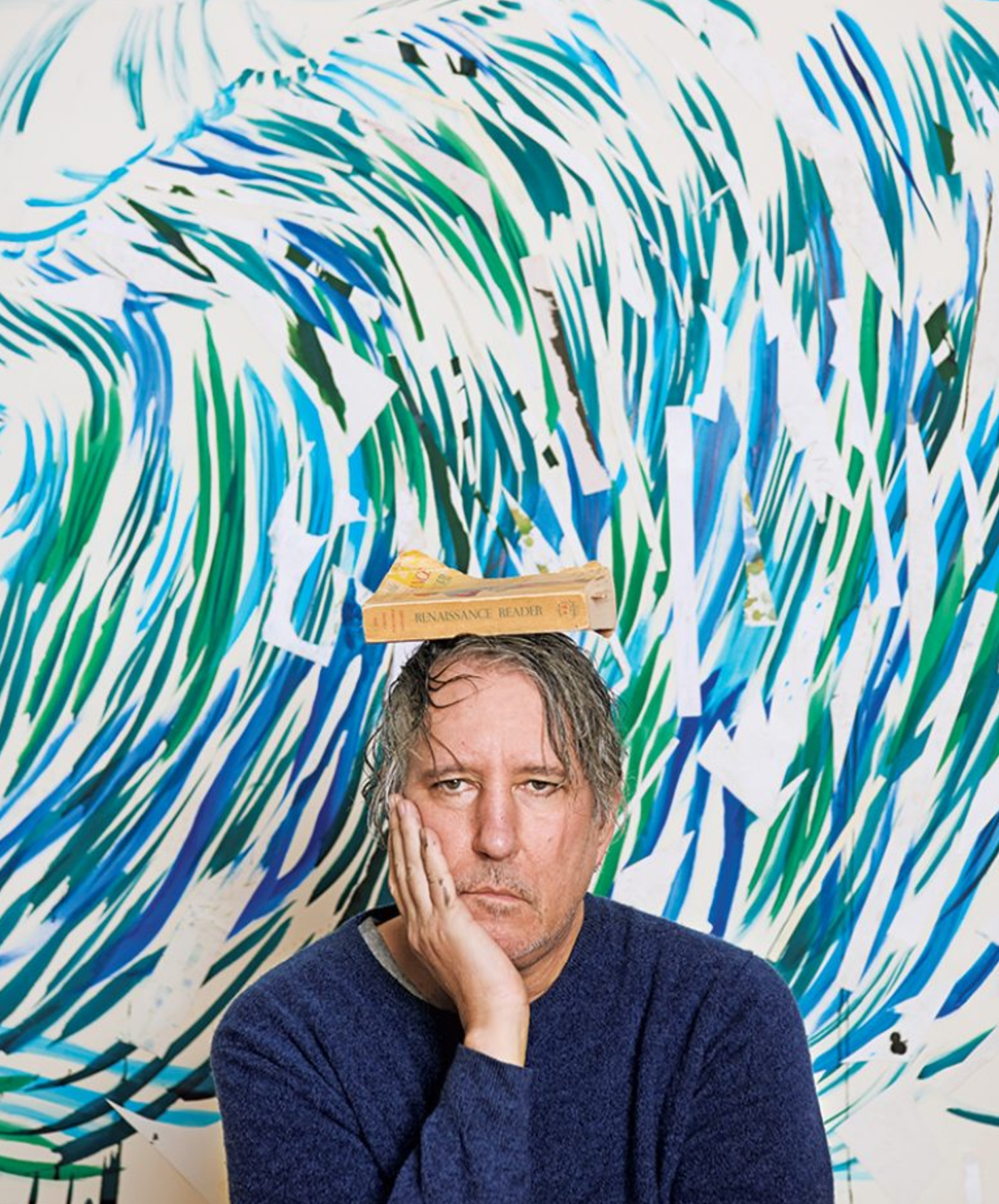
Raymond Pettibon is an American artist who lives and works in New York City. Pettibon came to prominence in the early 1980s in the southern California punk rock scene, creating posters and album art mainly for groups on SST Records, owned and operated by his older brother, Greg Ginn. He has subsequently become widely recognized in the fine art world for using American iconography variously pulled from literature, art history, philosophy, and religion to politics, sport, and sexuality.


